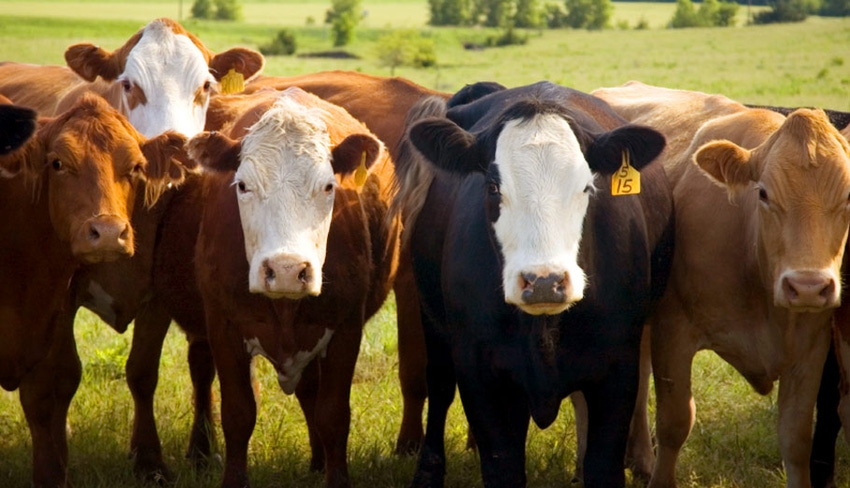Latest FDA report on antimicrobial sales for use in food-producing animals is out and covers sales for 2015.

I am a little bit tardy, but just read the Food & Drug Administration’s latest report on antimicrobial sales for use in food-producing animals. The report covers sales for 2015.
The first footnote under every table says: “Includes antimicrobial drug applications which are approved and labeled for use in both food-producing animals (e.g., cattle and swine) and nonfood-producing animals (e.g., dogs and cats).”
That pet peeve aside, there is not anything of particular interest to me today.
Sales are up from 2014 by about 1%, with most of the increase being seen in the tetracycline class; tetracycline sales were up about 4% and comprised 71% of sales of medically important antimicrobials for use in animals.
Lincosamide sales, which represent only 1% of the grand total, showed the greatest decrease, with a 22% decline.
Penicillin sales were up about 5%, offset by sulfa sales dropping by about the same amount.
I think we should anticipate a significant rise in sales in the report for 2016 as there was probably some stockpiling before FDA’s Veterinary Feed Directive and "Guidance #209" and "Guidance #213" took place on Jan. 1, 2017.
Rumor has it that tetracycline sales in 2017 may be off as much as 40%, and why not? They are not all that effective against much of anything anymore but are dirt cheap and so make an inexpensive additive to feed and water just to be safe, I guess.
But antibiotic sales have continued to climb every single year since 2009; even if only by 1%, it is an increase.
And even if much of the increase is ionophores, which cannot be used if the label says Never Ever or some such claim.
Two major chicken companies have gone totally free of antibiotics, including ionophores, while others are working in that direction.
The pork industry is showing signs of responding to consumers and their own sales force by creating a "raised without antibiotics" line in increasing numbers.
More and more restaurants are claiming that their meat and poultry products were raised without antibiotics, as are more and more grocery retail outlets.
The mantra I hear is that if the public demands it, we will provide it, backed by science or not.
I won’t even try to name those companies that are thriving on the public’s anxiety and misperception, as I would surely forget one or two, but you and I both know that the sales from these companies are a very large portion of the meat and poultry sales in the U.S. and reportedly are growing by double digits on an annual basis.
Yesterday, I was told by a DVM that he and his partners oversee the health of the animals in many feedlots across the nation and that many of them are antibiotic free, including no use of macrolides to prevent liver abscesses.
His reason for meeting with me was to let me know that the cattle industry is moving toward more and more responsible use of antibiotics and that the use is declining.
So, if my pork burrito or my chicken sandwich was raised without antibiotics and the majority of the chicken at my grocery store used no antibiotics or “hormones” and the cattle producers are decreasing their dependence on meds, then where have all the antibiotics gone?
I would ask Peter, Paul and Mary, but Mary is gone, long time passing, and without her, it is just not the same.
About the Author(s)
You May Also Like


.png?width=300&auto=webp&quality=80&disable=upscale)
